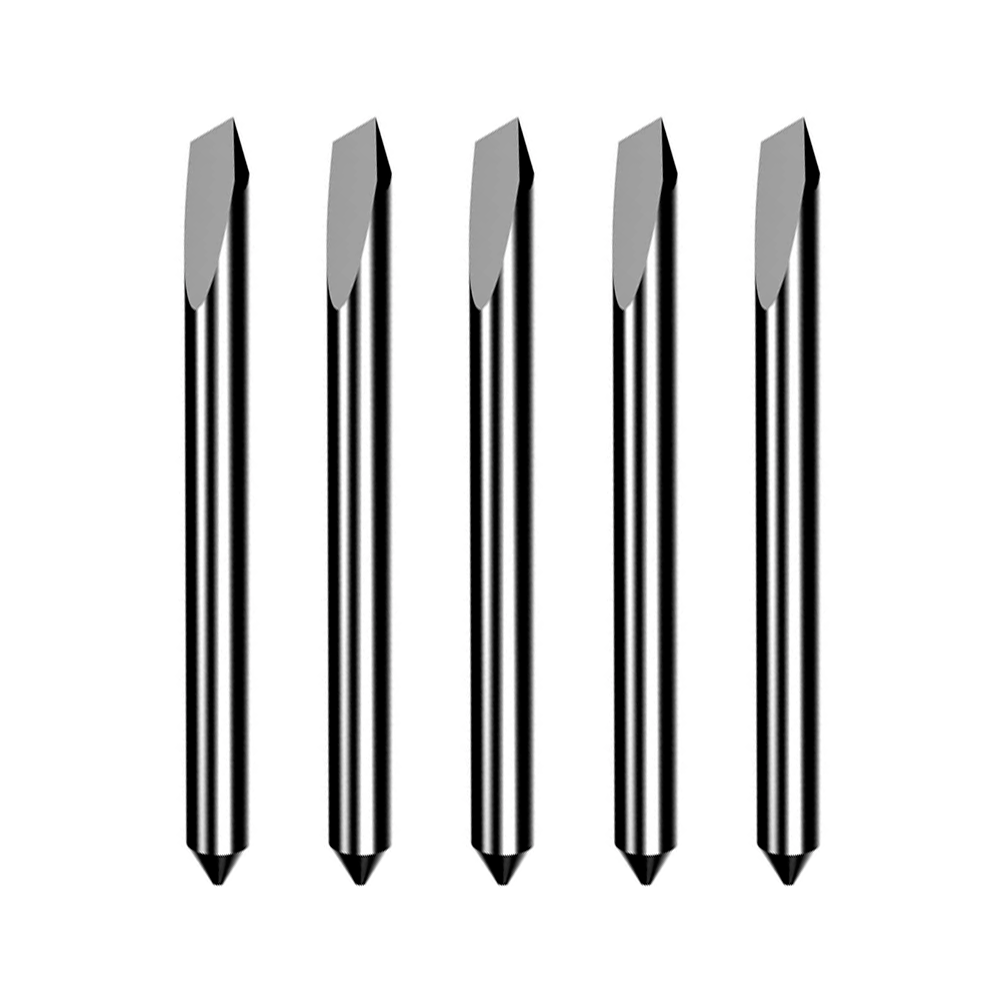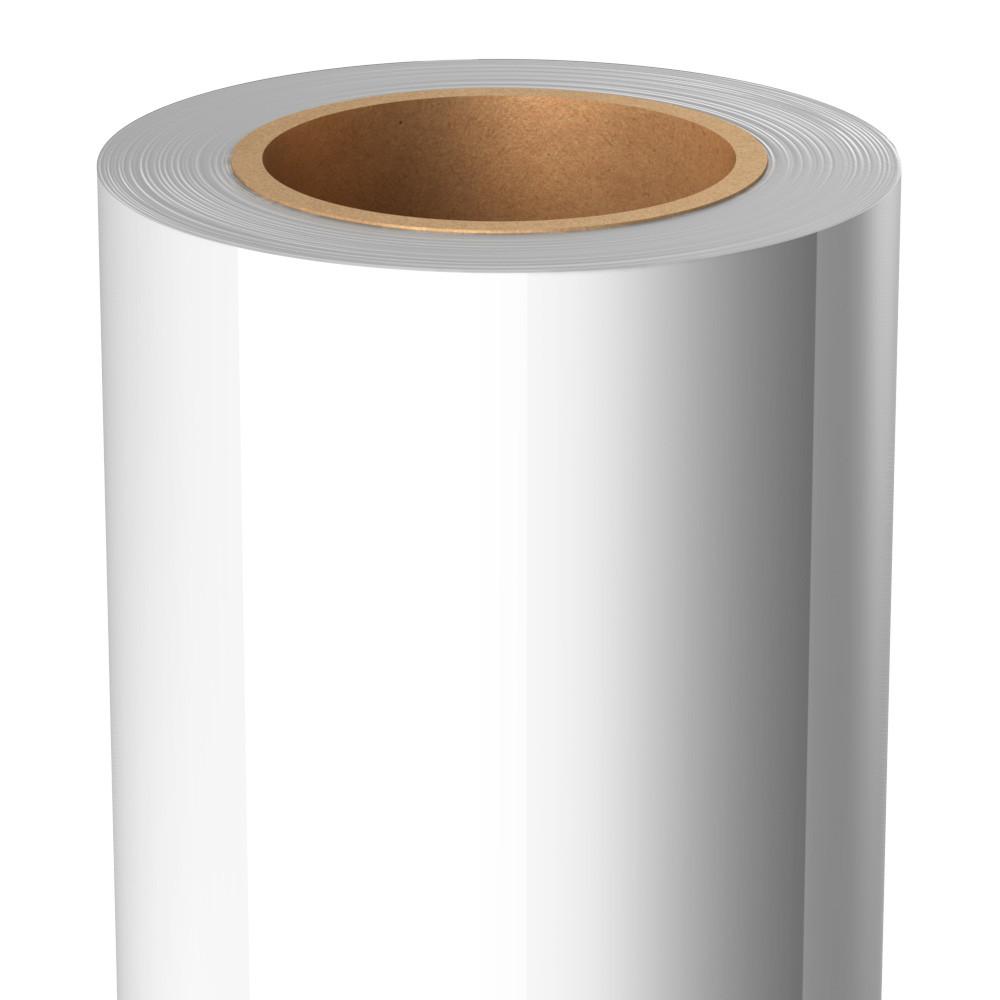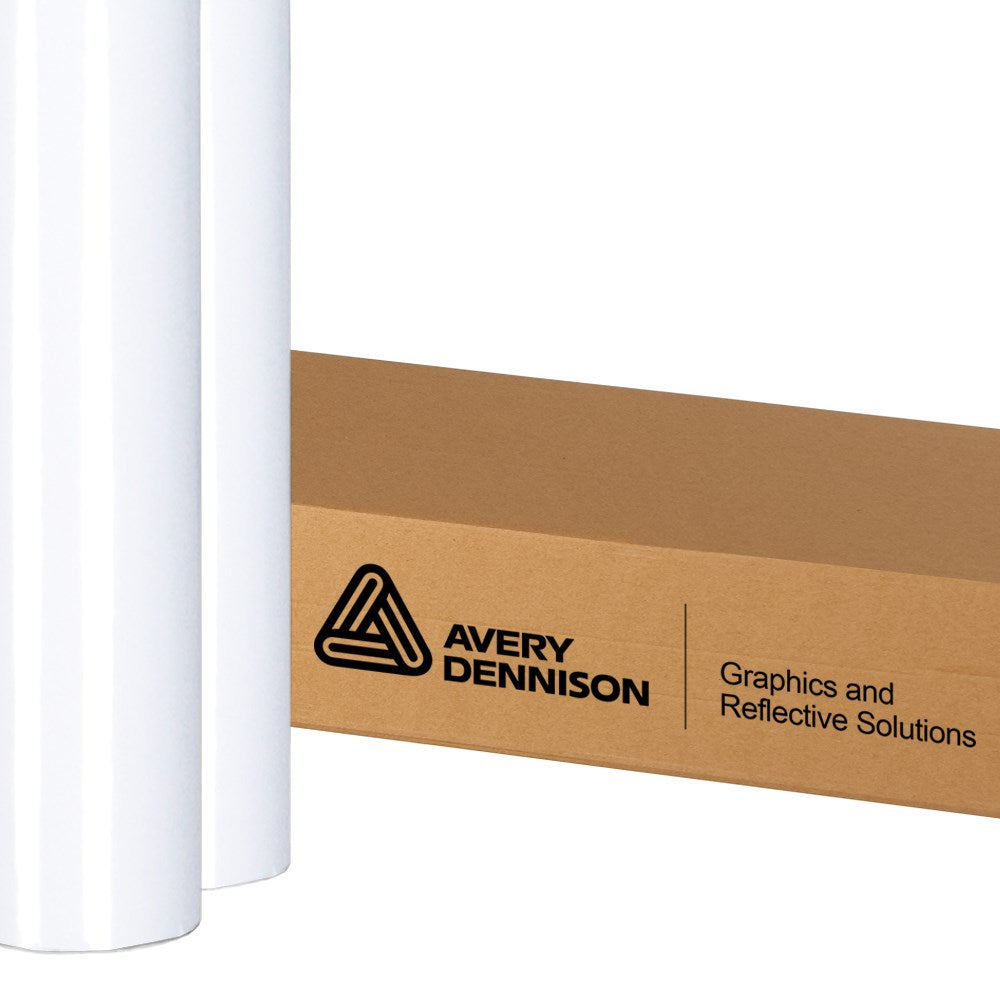In the printing and sign-making industry, your reputation is only as strong as the products you provide. At the same time, you have to juggle the cost of machinery with the budgetary limits of your customer.
Sometimes, a customer may request something be printed on a type of media or with a printer unsuitable for the application. Explaining this to the customer, while convincing them that they should choose the correct, more expensive option, is not always easy. These explanations commonly involve explaining the differences between thermal and ribbon printers, and their respective supplies, such as printer ribbons and ink cartridges.
Not What You Think
Thermal receipt printers often come to people’s minds when they think of a thermal printer. In the context of sign and vinyl printing, however, this term refers to large format printers, like the Epson S series. These printers may also be referred to as solvent printers.
They work by using ink that has been diluted with a solvent. The printer heats up the ink, which causes the solvent to evaporate, leaving only the solidified ink on the printed media.
Pros and Cons
Thermal solvent printers are widely known for their high-quality detail, image sharpness, and ability to transfer onto print media. They also have excellent color fidelity, which means the colors you see on your monitor are going to be the same colors that come out of the printer.
Furthermore, thermal solvent printers like the Epson S series are known for their speed, allowing companies to produce signs more quickly than other methods. The strength of the ink bond provided by thermal solvent printers means that they are highly resistant to smudging and water damage, so they are ideal for use in harsh outdoor environments.
As for downsides of thermal solvent printers, there aren’t many. Their cost is on the higher side, but their advantages are worth the money. You may find that there is additional maintenance involved in making sure the ink heads are kept clean, but with proper maintenance, thermal solvent printers can work perfectly for many years.
Some solvents may require that you print in a well-ventilated room, but the industry has made great strides in this field, and has developed eco-friendly solvents that are less harmful.
Ribbons for Miles and Miles
Ribbon printers are often confused with thermal solvent printers. This is because ribbon printers are referred to as thermal transfer printers. They work by heating a ribbon of wax ink and transferring it onto the product. Like thermal solvent printers, they need to be refilled with ink–in this case, ribbons.
Pros and Cons
Ribbon printers are just as capable as solvent printers. Some argue ribbon printers produce images in slightly higher detail, but there is some debate about this in the print community. When it comes to ribbons and inks, in terms of toxicity, ribbons are less toxic than their solvent counterparts.
The maintenance needs of ribbon printers are typically lower than that of solvent printers, though no high-quality printer will be maintenance-free. Ribbon printers may offer slightly less versatility in terms of media that they can print on, but whether or not this is a downside depends on the applications your customers require.
Which Is Better?
Both of these printers produce high-quality images, require new ribbons and ink cartridges to be refilled, and are in a similar price range. Which is better is up to the needs of your business and your customers. If you want to learn more about the world of printing and further options, check out our latest post on digital printing!





